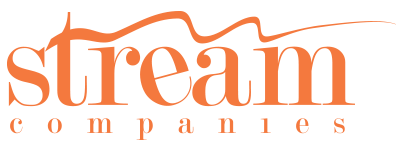Bounce rate can be indicator of how engaging your landing page is to the person who sees it. If your landing page is just a huge block of text, you are likely to have a high bounce rate on that page. It is important to analyze bounce rate within the context of the content that is on the page and the action you want the user to take when they arrive. If the goal is just to inform the user, a higher bounce rate may not be a big deal.
However, for PPC campaigns, the desired action on the page is usually not just a view, but a specific action; either a form submission or a call.
Here are some of the tips and best practices to prevent a visitor from bouncing off your site and instead, drive them to take action after clicking your ad.
- The page should be relevant to the keyword search. If you sell red shoes but only have one ad in your campaign that targets the keyword “shoes”, your ad is going to appear for a bunch of searches that are not relevant to your product. When someone searches for “blue shoes” and they land on your page, they will immediately realize that you are not offering what they are looking for and will exit the page, resulting in a bounce. If you sell more than one product, create separate ad groups for each type of product. Add negative keywords at the ad group level to further ensure that the “red shoe” ad will show up for “red shoes” searches and the “blue shoe” ad shows for “blue shoe” searches.
- Target keywords with a narrow focus. Continuing on the shoe example, specify what type of shoe you are selling. A user might search for “red shoes” but what they really need are red sneakers and you only sell red dress shoes. This is not a match, and when that user lands on your site they will most immediately click back to the search results page or view another site, resulting in a bounce. To prevent this, use long-tail, or otherwise descriptive keywords like “red dress shoes for women”, “red high heels”, “red shoes for prom” or any keyword that increases the relevancy of the search to the product.
- If you want someone to convert, make sure there are conversion points on the page. A website visitors attention span is limited – if they cannot find what they’re look for within the first few seconds of visiting your landing page, they’re much more likely to leave. If your PPC landing page is just text describing how great your product is, but there’s no obvious way to link to more information, or reach out to contact your business for that information, this will lead to a bounce. The solution: always include a prominent call to action on the landing page. It not only provides direction, but also helps add some incentive that urges the searcher to want act now.
- Continuous keyword management. After running a campaign for a few weeks you’ll be able to analyze bounce rates at the keyword level. Continue to monitor these rates and make changes to the account based on changes that you see. On an ongoing basis, you may have to change match types, add more negative keywords or remove the keyword altogether in order to alter performance and more precisely target your prospective audiences.
Want more? Check out our free webinar replay of 7 Tips to Conquer Paid Search and learn all the tips and best practices you need to drive results for your PPC efforts and digital marketing campaigns.
All the best,
Christina
Christina Colón is a Paid Search Specialist at Stream Companies, a Philadelphia-area advertising agency.{{cta(‘513cb680-d8d6-47f1-b5e7-61439eb30b4f’)}}
